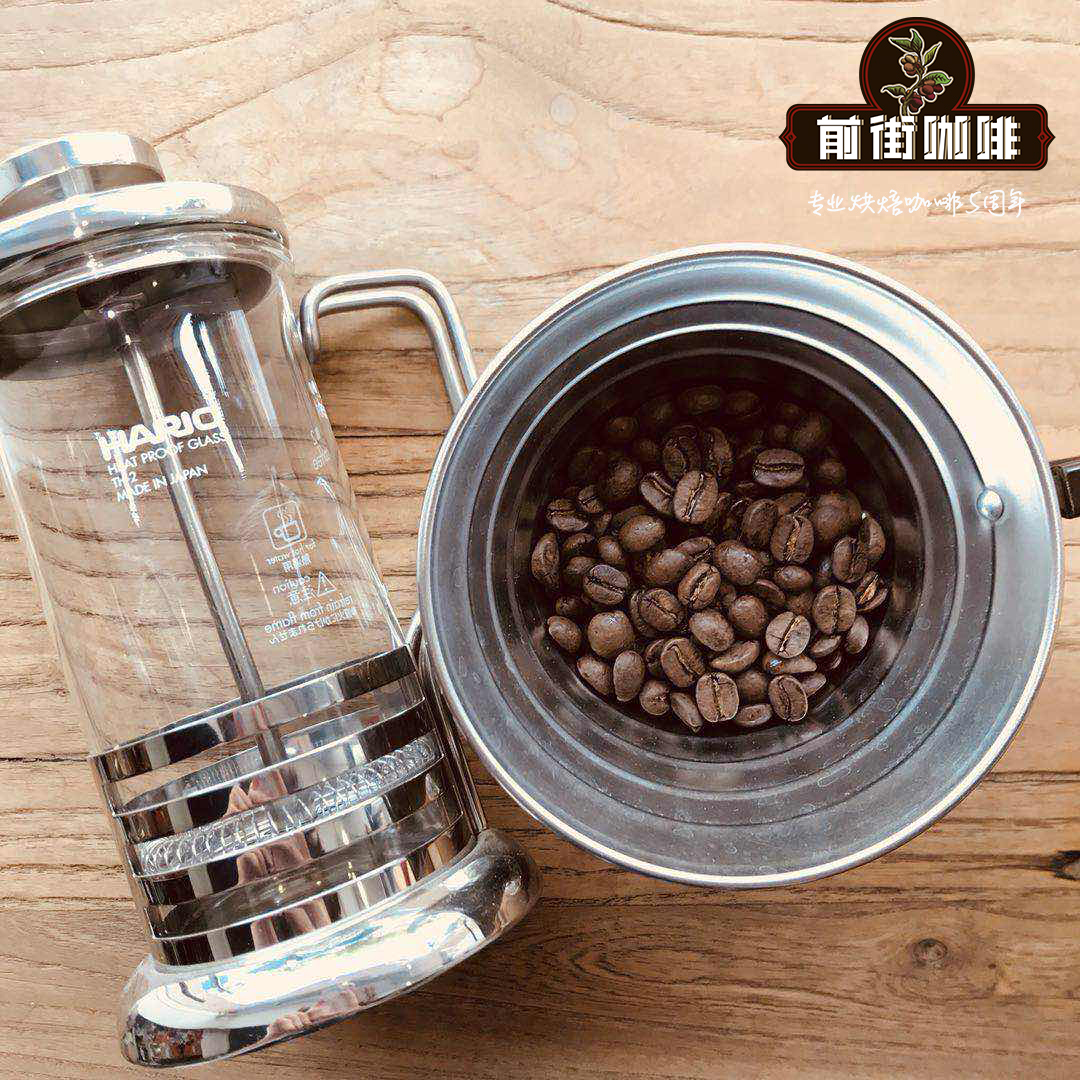Coffee bean roasting knowledge how to choose the appropriate "coffee bean roasting degree"?

Professional coffee knowledge exchange more coffee bean information please follow the coffee workshop (Wechat official account cafe_style)
How to choose the roasting degree of coffee beans
Main baking degree & characteristic comparison
Qianjie Coffee offers the following five roasting degrees and features to make it easy for coffee lovers who support us to choose.
Shallow baking: full of aroma and strong acidity. Suitable for you with special needs
Medium roasting: retains most aromas with bright acidity; it is the shallowest roasting degree of Qianjie coffee for coffee lovers.
Medium baking +: soft and sweet with sour fruit
Medium and deep baking: mellow taste with caramel aroma
Deep baking: the taste is mellow and bitter comes from caramelization. Suitable for making lattes with milk and baking degree
Baking degree vs. Tasting period
Light-medium roast + coffee beans
The cooked beans that have not entered the second explosion have little damage to the cell wall, and most of the oil is still preserved in the cell wall of the bean body. The degree of carbonation is not deep, retaining the flavor and sour taste of the beans themselves (the special local / regional flavor of the producing area). After high-quality roasting, boutique coffee beans can drink fruity / sour aromas such as apples, lemons and oranges. For people who are used to drinking deep-baked beans and are not used to sour taste, it takes time to get a taste of it.
Medium and deep roasted coffee beans
Choose to enter the second explosion to sacrifice part of the acid, fragrance, although more oily and mellow taste, but the consequences of cell wall carbonization and oily confluence also make it difficult to preserve. The combination of bean surface coffee oil and oxygen in the air is the key to accelerate decay, and the taste period is short (the deeper the baking degree is, the shorter the taste period is at the same room temperature). The vast majority of coffee sold in the market is used for deep roasting treatment, mainly due to the poor quality of the raw beans used (what the coffee industry calls commercial beans). Deep baking makes it carbonized, which not only looks good, but also avoids miscellaneous odors.
Important Notice :
前街咖啡 FrontStreet Coffee has moved to new addredd:
FrontStreet Coffee Address: 315,Donghua East Road,GuangZhou
Tel:020 38364473
- Prev

Italian coffee DIY brewing strategy home brewing equipment, coffee beans how to choose, how to buy?
Professional coffee knowledge exchange more coffee bean information please follow the coffee workshop (Wechat official account cafe_style) coffee at home hand brewing strategy guide, beginners want to DIY brewing coffee, equipment, coffee beans how to choose, how to buy? I have been making coffee for about ten years. I dare not say that I am a master, but I have stepped on a lot of thunder that I can step on. Today, I want to spend money
- Next

Coffee bean roasting degree comparison table graphic tutorial grading to distinguish which coffee bean tastes better in medium or deep roasting
Professional coffee knowledge exchange more information about coffee beans Please follow the coffee workshop (Wechat official account cafe_style) if you want to drink fresh and delicious coffee, it depends on what coffee beans are bought and how to keep them. Five roasting grades of coffee beans, the diagram teaches you to distinguish: 1. Roast in shallow culture is often found in cafes.
Related
- Beginners will see the "Coffee pull flower" guide!
- What is the difference between ice blog purified milk and ordinary milk coffee?
- Why is the Philippines the largest producer of crops in Liberia?
- For coffee extraction, should the fine powder be retained?
- How does extracted espresso fill pressed powder? How much strength does it take to press the powder?
- How to make jasmine cold extract coffee? Is the jasmine + latte good?
- Will this little toy really make the coffee taste better? How does Lily Drip affect coffee extraction?
- Will the action of slapping the filter cup also affect coffee extraction?
- What's the difference between powder-to-water ratio and powder-to-liquid ratio?
- What is the Ethiopian local species? What does it have to do with Heirloom native species?

